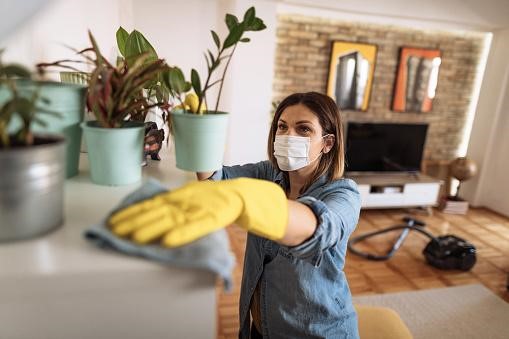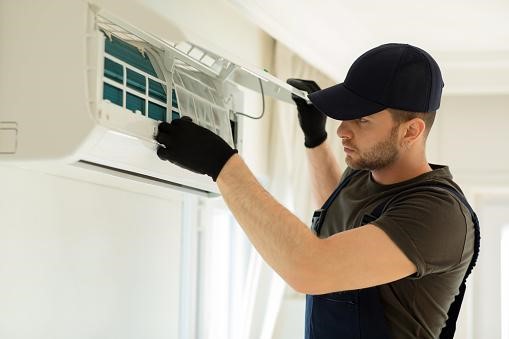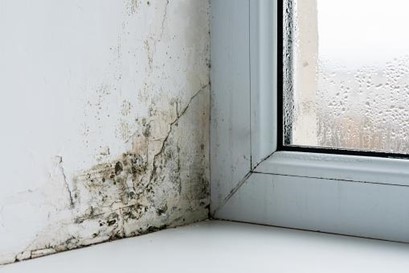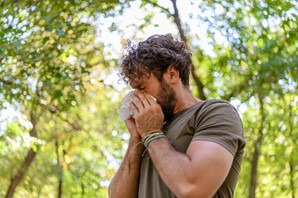How to Remove Allergen Triggers
How to Remove Allergen Triggers that Cause Allergic Reactions
How to Remove Allergen Triggers Overview
Allergens are tiny, airborne particles that can cause an adverse reaction in people who suffer from allergies. These reactions can range from a runny nose to a full-blown asthma attack. While there is no way to completely avoid all allergens, there are some steps you can take to minimize your exposure and reduce the severity of your allergic reactions. In this article, we will discuss how to identify and remove common allergy triggers from your home and workplace.

Identifying Allergen Triggers
To alleviate your allergies, it is necessary to determine what may be triggering them. Your healthcare professional will perform the Specific IgE test (also known as ImmunoCAP) to identify the allergens responsible for your symptoms. Once you know what you’re allergic to, you can take steps to remove it from your environment. For example, if you’re allergic to dust, you can invest in a HEPA filter for your vacuum cleaner and make sure to clean regularly. If you’re allergic to pet dander, you can keep your pets out of certain rooms or areas of your home. By taking these simple steps, you can help reduce your allergens and improve your overall health.
Household Allergens
The air spreads allergens around. They settle onto furniture and floors, varying in size from tiny particles that can be inhaled all the way up to large rooms full of them. These pesky little allergen triggers for asthma are called indoor pollution because they don’t go away when you turn off your ventilation system at night time or during a storm.
According to the guide for reducing allergens by AAFA, more than 60 percent of people with asthma also have allergies, and their asthma symptoms can also be caused when they are met with triggers called “allergens.”
Many indoor allergens can be found in mattresses, pillows, rugs, furniture, bathrooms, basements, attics, air ducts, and more.
Some common allergens that might trigger allergies in the home include:
● Dust mites
● Cockroaches
● Mold
● Rodents
● Pet dander
● Pollen
Removing Household Allergens
The pollen season is just around the corner, and it seems like there’s always an allergen lurking in the air. From dust mites to mold spores – you may not be able to fight a runny nose or watery eyes every day of your life. But we’re here with some tips on how to make this difficult time more manageable for yourself while still keeping allergens at bay so they don’t take over completely during those long sticky days when allergies are prevalent.
Here are some allergy-friendly cleaning habits to help you breathe better this year.
Be Careful While Dusting

Dusting is an important part of housekeeping, but it can also be a trigger for allergies. For people with dust allergies, even a small amount of dust can cause sneezing, runny nose, and watery eyes. To avoid these symptoms, it’s important to be careful while dusting. When dusting symbols and other hard surfaces, use a damp cloth to trap the dust. For carpeted surfaces, use a vacuum with a HEPA filter to remove both the visible dust and the invisible allergens that can be suspended in the air. With a little care, you can dust your home without triggering your allergies.
Monitor Your Filter Performance

The United States Environmental Protection Agency (EPA) advises that proper maintenance of furnace and air conditioning filters is essential to keeping your family healthy and safe from harmful allergens such as dust, pollen, and pet dander. By regularly checking your filters and monitoring their performance, you can ensure that they are doing their job and prevent these allergens from circulating in your home. There are a few simple things you can do to keep track of your filters’ performance. First, check the manufacturer’s recommendations for how often the filter should be replaced. This will vary depending on the type of filter, but it is generally every three months or so. Second, take a look at the filter itself – if it is covered in dirt and dust, it is time for a new one. Finally, pay attention to your allergies – if you find that you are sneezing more or having difficulty breathing, it may be time to replace the filter. By following these simple tips, you can help to reduce allergens in your home and create a healthier environment for your family.
Look After Your Pets

For people with allergies, even the most lovable family pet can be a trigger for symptoms like sneezing, wheezing, and watery eyes. In fact, pets are one of the most common sources of indoor allergens. But there’s no need to give up your furry friend just to avoid fur allergies. There are a few simple steps you can take to reduce your exposure to pet allergens and keep your symptoms under control. First, make sure your pet is well-groomed. Regular baths and brushings will help to reduce the amount of dander they shed. Secondly, keep them out of your bedroom or any other area where you spend a lot of time. And finally, vacuum often and use air filters to help remove allergens from the air in your home. By taking these precautions, you can enjoy your pet without suffering from allergies.
Eliminate Mold Spores

According to EPA,mold spores are a common allergen trigger, causing problems for those with asthma and other respiratory conditions. In order to avoid mold spores, it is important to eliminate them from your home. The first step is to identify the source of the mold growth. This can be done by looking for signs of mold, such as musty odors, discolored walls or ceilings, and visible growth. Once the source has been identified, it is important to clean it thoroughly with a mold-killing cleaner. It is also important to remove any damp or wet items from the area, as these can provide a perfect environment for mold spores to thrive. By taking these steps, you can help to eliminate mold spores and reduce the risk of triggering an allergic reaction.
Reducing Pollen Risks

According to the Asthma and Allergy Foundation of America, allergies affect as many as 30% of adults and 40% of children in the United States. For many people, allergies are a minor annoyance that can be treated with over-the-counter medications. However, for others, allergies can be a major health hazard. Even exposure to small amounts of pollen can trigger an allergic reaction, causing difficulty breathing, swelling of the throat, and in extreme cases, anaphylactic shock. Fortunately, there are steps that people can take to reduce their risk of exposure to pollen. During peak allergy season, it is important to stay indoors as much as possible and to keep windows and doors closed. Also, it is important to shower and change clothes after spending time outdoors. By taking these simple precautions on how to remove allergen triggers, people with pollen allergies can help to reduce their risk of exposure to pollen and other allergens.
Written by: Madiha Ather Hashmi (June 14, 2022)
Sources
- Asthma and allergy foundation of America. ‘‘Allergies and Allergic Reactions’’.
https://www.aafa.org/allergies.aspx
- United States Environmental Protection Agency. ‘‘Mold Cleanup in Your Home’’.
https://www.epa.gov/mold/mold-cleanup-your-home
- Asthma and Allergy Friendly. ‘‘Indoor Environmental Control Tips’’.
https://www.asthmaandallergyfriendly.com/USA/images/pdf/reduced_allergen_guide.pdf
- Siles RI, Hsieh FH. Allergy blood testing: A practical guide for clinicians. Cleveland Clinic Journal of Medicine. 2011;78(9):585-92. doi:10.3949/ccjm.78a.11023
https://www.ccjm.org/content/78/9/585
Medically Reviewed By

Alexandria University Hospital
I have reviewed the articles on seasonalallergies.org and I would like to say that I was very surprised.
Over years, I have seen many different articles in the field of allergy, but these articles were very interesting.
These articles were really unique, they could help many people around the world to know more about seasonal allergy, symptoms, prevention and when to seek medical advice.
These articles represent an addition in the field of Health Education not only for people with allergy but also for the whole population.
Looking to learn more about allergy lifestyles? Find a full list of living with allergies resources here.
Last Updated on July 5, 2023